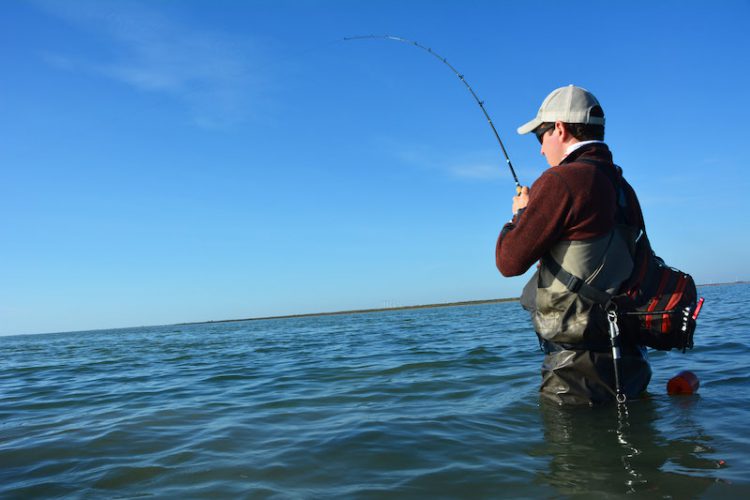Full Title: Co-production of a water flow decision tool to support resource management.
This project will explore the feasibility of a freshwater inflow decision tool that will provide managers with a better understanding of the impact of allowing water to flow to the coast, and how to maximize environmental, social, and economic benefits while adapting to changing conditions over time.
Lead Investigator: David W. Yoskowitz, Harte Research Institute for Gulf of Mexico Studies at Texas A&M University – Corpus Christi, david.yoskowitz@tamucc.edu
Natural Resource Manager: Robin Riechers, Texas Parks and Wildlife Coastal Fisheries
Project Team: David Bradsby (Texas Parks and Wildlife Coastal Fisheries); Christine Hale, Kara Coffey, and Diana Del Angel (Harte Research Institute for Gulf of Mexico Studies at Texas A&M University – Corpus Christi)
Federal Program Officer/Point of Contact: Frank Parker (frank.parker@noaa.gov)
Award Amount: $124,998
Award Period: This project began in September 2021 and will end in August 2022.
Why it matters: The portion of managed water resources that is left in stream and allowed to flow to bays and estuaries is referred to as freshwater inflow (FWI) and is critical to ecological functions and ultimately human wellbeing. A large body of work describes the relationship between FWI and ecological needs at various levels; however, uncertainty remains regarding the linkages of FWI to socioeconomic outcomes. Water managers make decisions based on human water needs and environmental conditions but lack access to associated socioeconomic factors that also merit consideration. Current models used to inform water permitting and planning decisions could be enhanced with improved linkages between FWI, environmental conditions, and socioeconomics.
What the team is doing: This project will explore the feasibility of a freshwater inflow decision support tool that will provide managers with a better understanding of the impact of allowing water to flow to the coast, as well as how to maximize environmental, social, and economic benefits while adapting to changing conditions over time. Specifically, the project team will focus on the pending permit proposed by the Lavaca Navidad River Authority to build a large off-channel water storage facility to be operated in conjunction with Lake Texana in southeast Texas. The team will collaborate with resource managers responsible for and involved in Texas environmental water flow decisions, including the Texas Parks and Wildlife Department, the Texas Commission on Environmental Quality, the Lavaca Navidad River Authority, and the Texas Water Development Board. Using a co-production approach, the team will define ecological and socioeconomic targets and quantify and evaluate their connections. The planning process will illuminate information needs of resource managers, assess data needs and availability, and create and evaluate methodologies to establish linked impacts through modelling techniques. The project team will prioritize tool development based on a combination of factors: performance, utility, and scalability.
Expected outcome: The freshwater inflow decision support tool will be used to craft a user-driven blueprint to reduce uncertainty regarding the water allocation decision for the Lavaca Navidad River Authority project.
Other Resources
Coming soon
Coming soon
Coming soon
Coming Soon
Coming Soon
 Official websites use.gov
A .gov website belongs to an official government organization in the United States.
Official websites use.gov
A .gov website belongs to an official government organization in the United States.
 Secure .gov websites use HTTPS
A lock or https:// means you’ve safely connected to the .gov website. Share sensitive information only on official, secure websites.
Secure .gov websites use HTTPS
A lock or https:// means you’ve safely connected to the .gov website. Share sensitive information only on official, secure websites.


